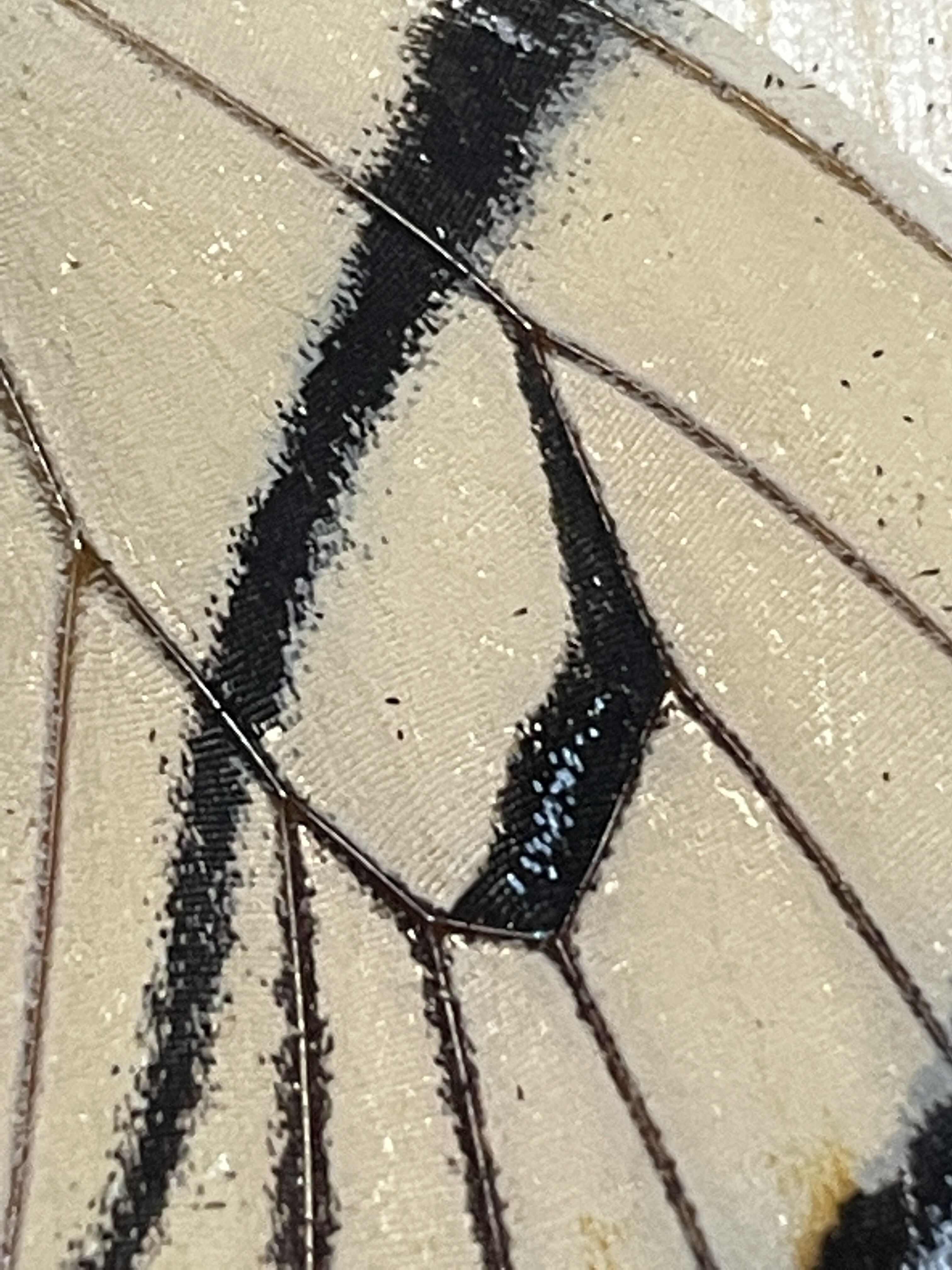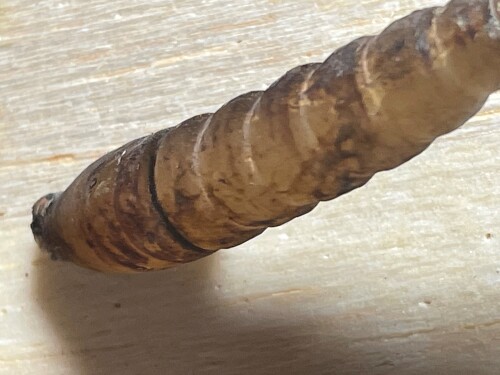No source I've seen has ever claimed or proposed that canadensis is bivoltine; in fact most research, including extensive breeding experiments, indicate canadensis is an obligate dipauser and univoltine.
The wonders of iNaturalist images by nature lovers are well used to reveal the flight period of canadensis in Alberta. Here one can see a number of adults photographed during the month of August, over several years. https://www.inaturalist.org/observation ... fiable=any
UNLESS the iNat records above are wrong; according to iNat, Papilio rutulus also occurs in Alberta. https://www.inaturalist.org/observation ... fiable=any
Now, the horrible fault of iNaturalist! Same search but for New York state (ie canadensis, August, New York) has 23 observations ALL OF WHICH ARE WRONG.
In general, Papilio canadensis does not occur in Finger Lakes region, whether the geological Finger Lakes or the state-dictated marketing Finger Lakes region.

To the north (top) of regions 1, 2, 4, and the west (left) of region 5 is Lake Ontario, and above that, Canada.
In Canada, pretty much everything due north of the NY lake shore is Papilio canadensis; Toronto is a tad NW of the most NW point of NY (top of region 1) and Toronto has glaucus/ MST, but not too far north of Toronto it's canadensis. The previously cited articles have maps of canadensis, glaucus, and MST distribution.
In NY, canadensis range follows, perhaps not surprisingly, that of many other species, such as Eacles imperialis pini. P canadensis is found in the cold hills of regions 5 and 6, with limited range along the northern NY lakeshore of region 4, and rarely region 2. Region 2 being Finger Lakes (according to the marketing experts in New York State government) technically then, Papilio canadensis does occur. However, I've not been able to prove the existence of canadensis anywhere in Finger Lakes south of the lake shore.















